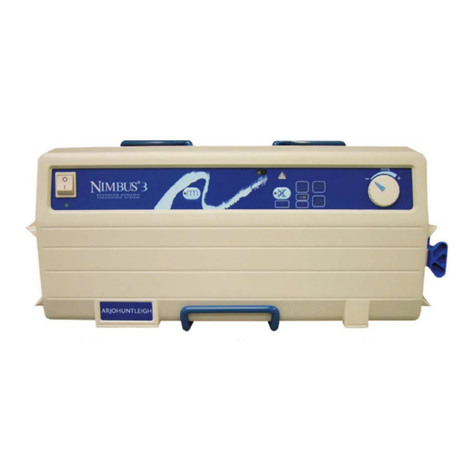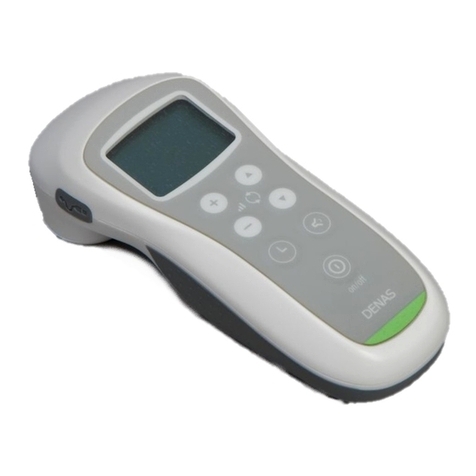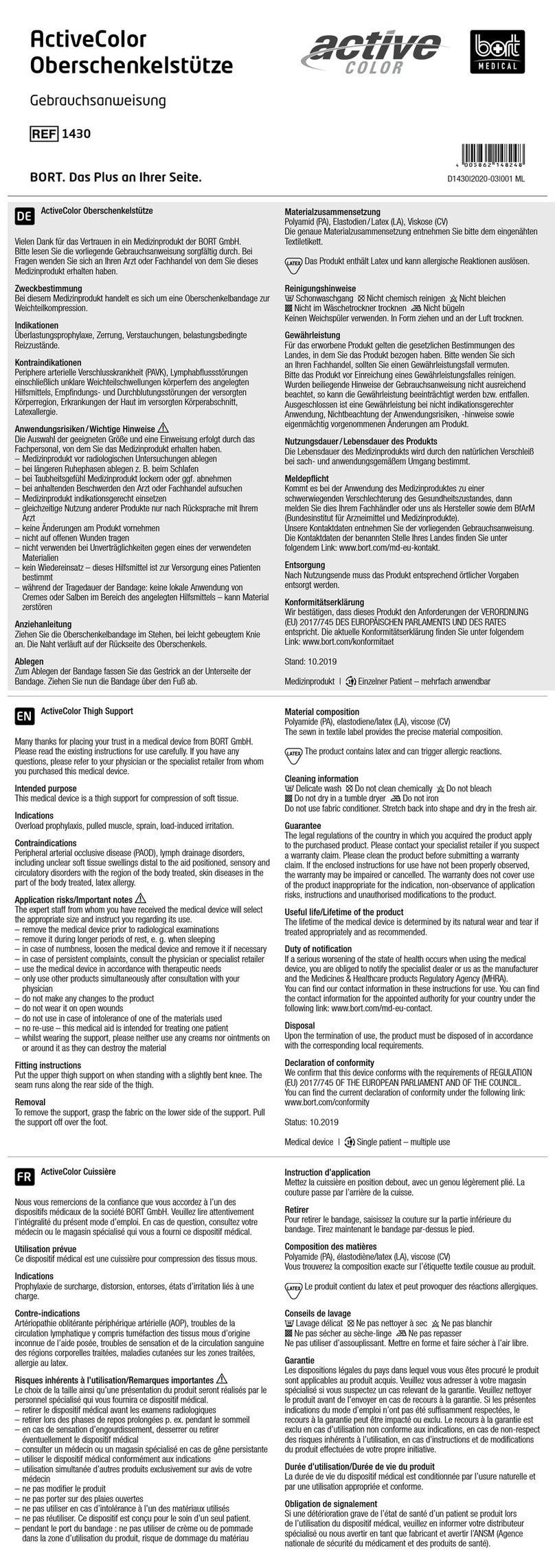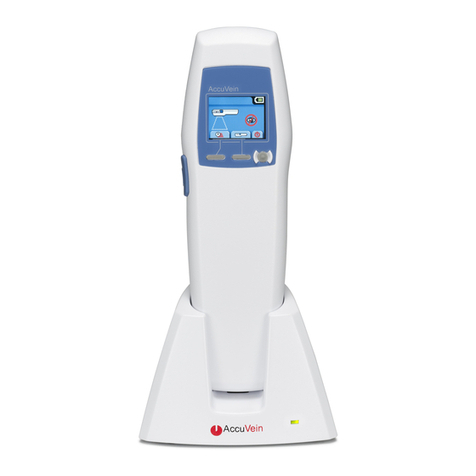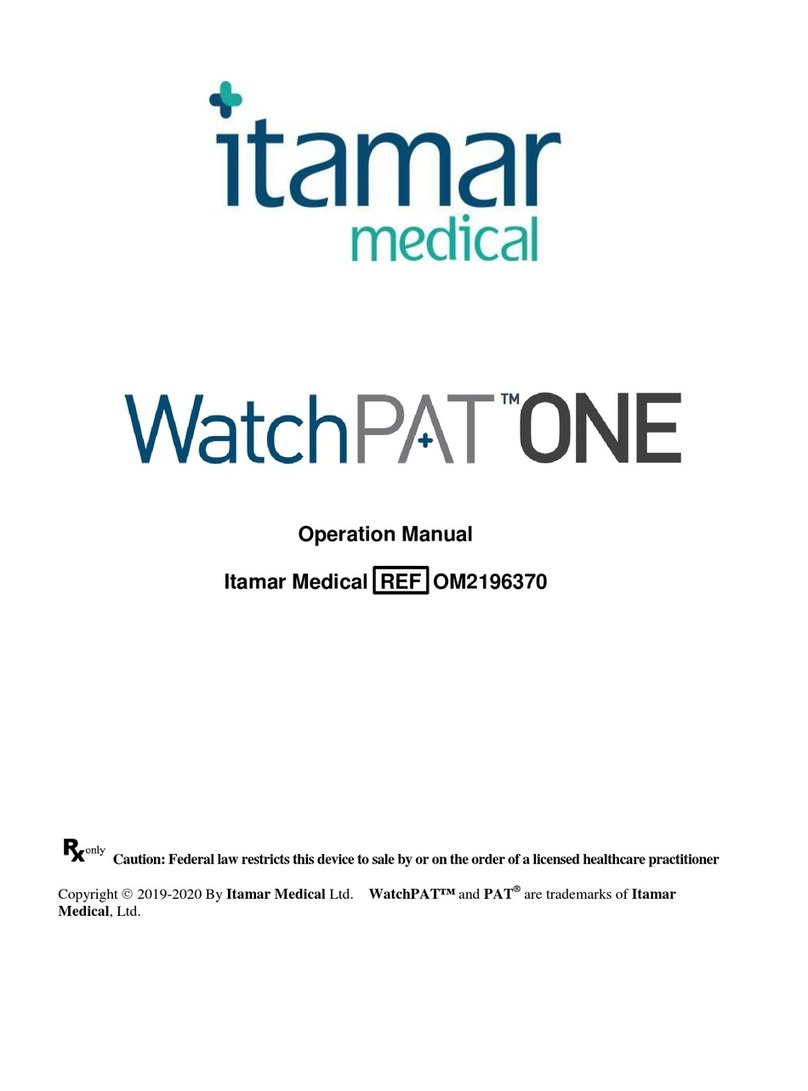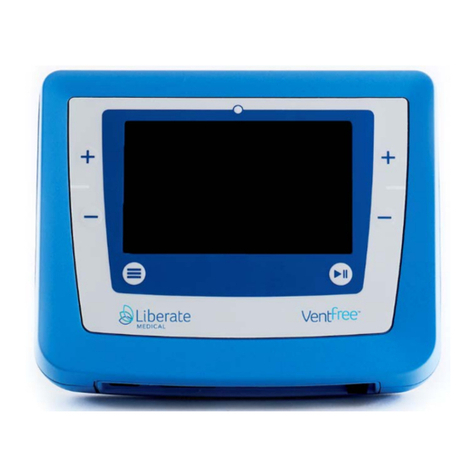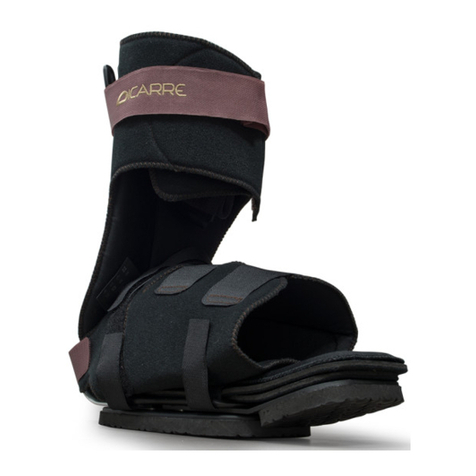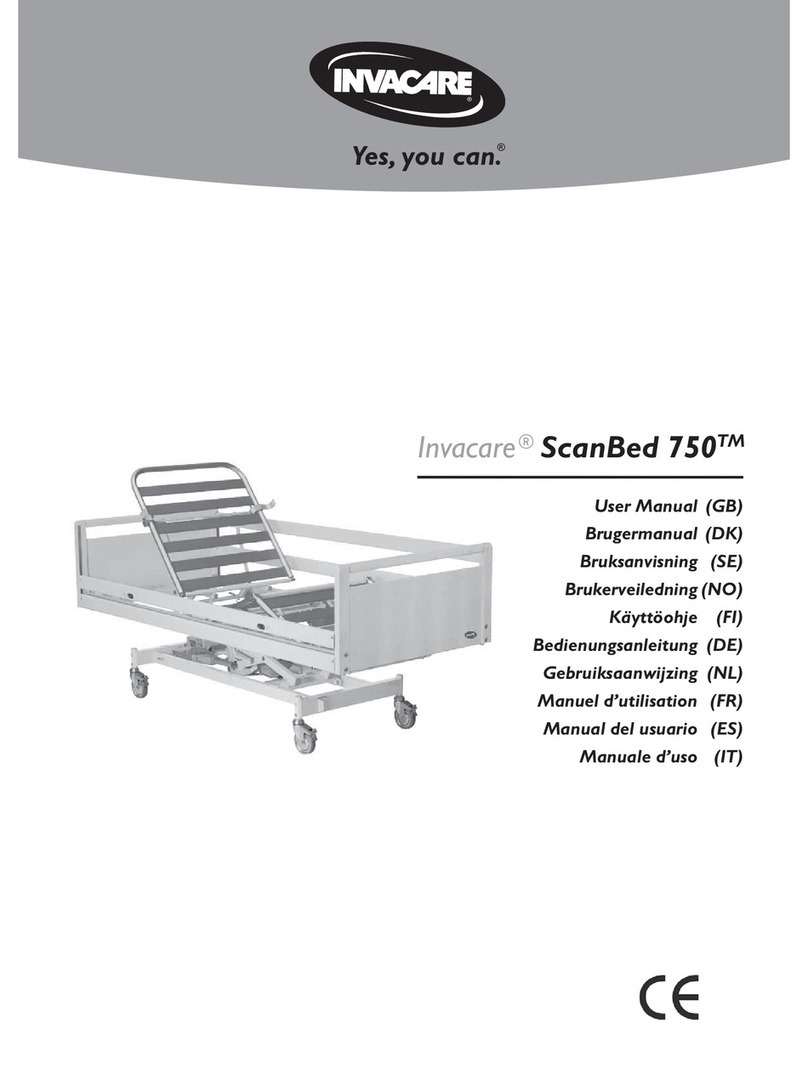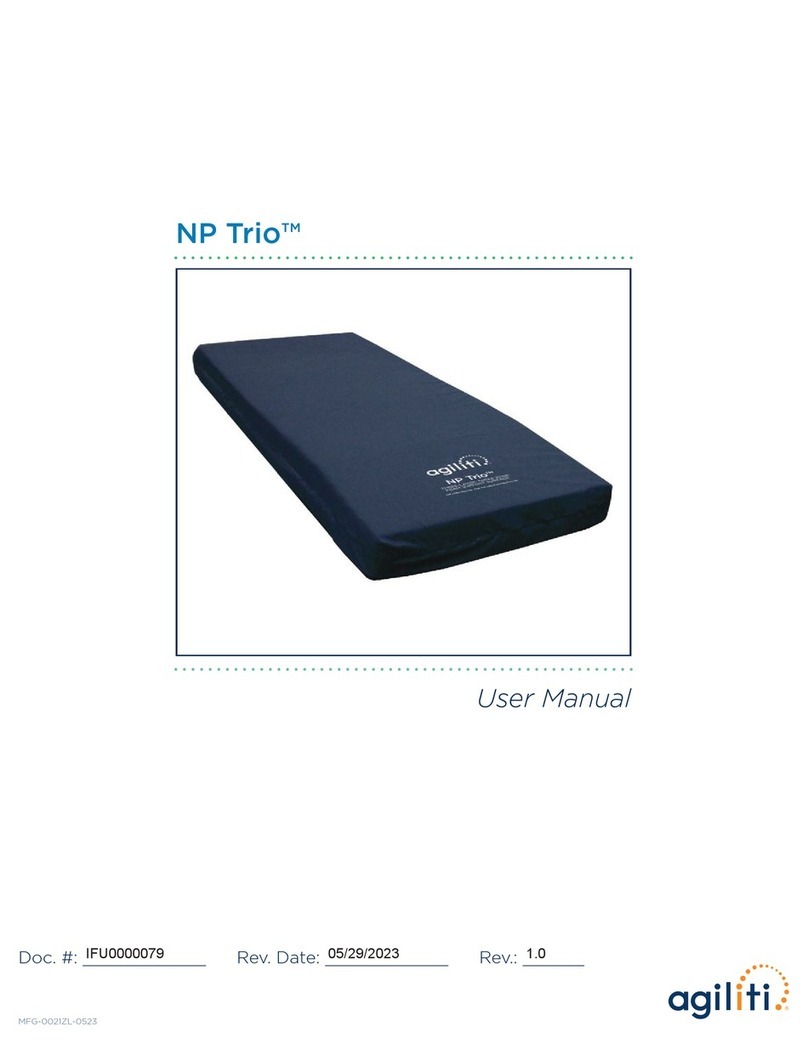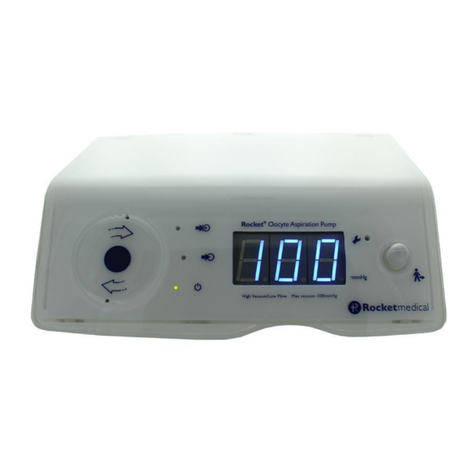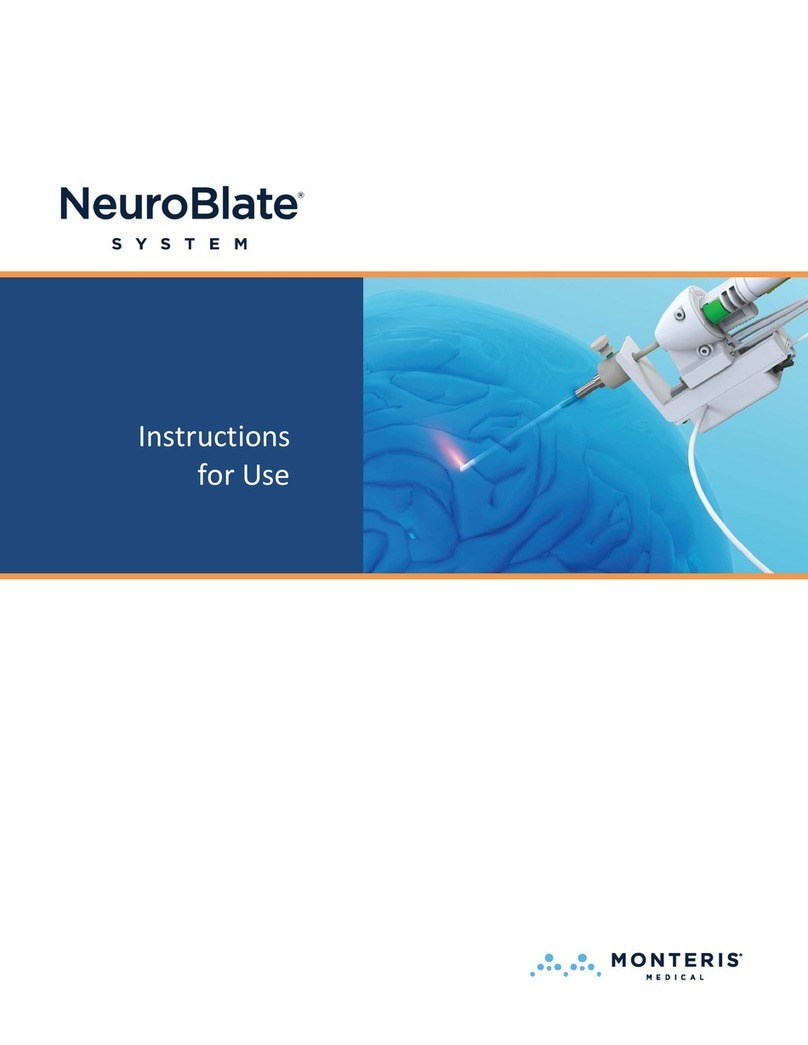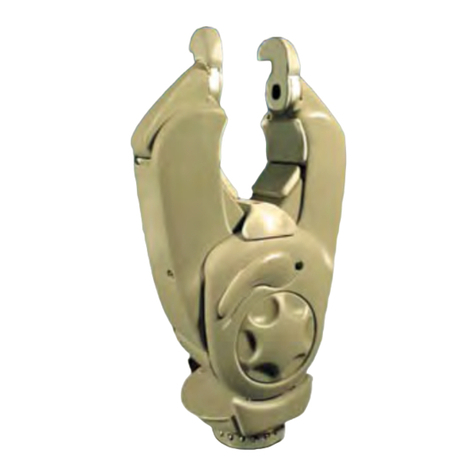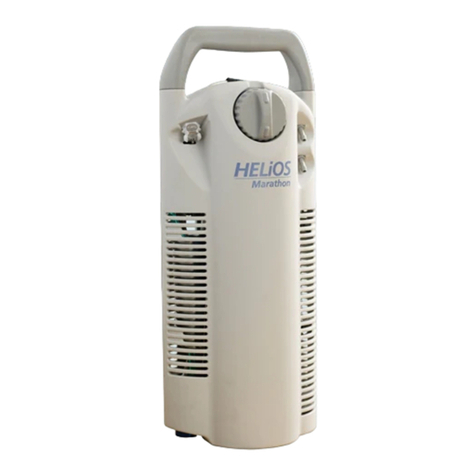
Safety Notes
5
GERMAN
Please read through the instructions for use carefully before initial operation.
Keep these operating instructions in a safe place.
WARNING
1. Pull out the mains plug after each use.
2. Do not use the device while bathing.
3. The device is to be set up so that it cannot fall into water.
4. Do not immerse the device into water or any other fluid.
5. Do not use the device if it has fallen into water, and immediately pull out the
mains plug.
6. Do not use the device in the rain.
7. Do not use the device near easily inflammable materials.
8. Never place your hand or finger in the medication reservoir while the device is
operating.
ATTENTION
1. An operating electrical device should never be left unattended.
2. You must be particularly careful when the device is used by or near children
or seriously ill persons.
3. Only use the device for its intended purpose, as specified in these operating
instructions. Under no circumstances should accessory parts be used that are
not recommended by the manufacturer.
4. Never operate this device in the following cases:
a) if the mains cable or plug is damaged
b) if the device is not properly functioning
c) if the device was dropped or was damaged
d) if the device fell into water. In such cases, send the device to the
manufacturer or to an authorized NEBU-TEC dealer for inspection and
repair.
5. Keep the mains cable away from heated surfaces.
6. Place the device on a level and stable surface in a way that no air openings
are blocked.
7. Do not use the device while sleeping.
8. Never clean the ultrasonic nebulizer in the dishwasher or microwave (never
expose the base unit to direct microwave radiation).
9. While cleaning the contact fluid chamber of the OPTINEB®-ir, prevent
moisture from being able to penetrate into the housing.
WATSON LABORATORIES, INC. , IPR2017-01621, Ex. 1006, p. 5 of 33
